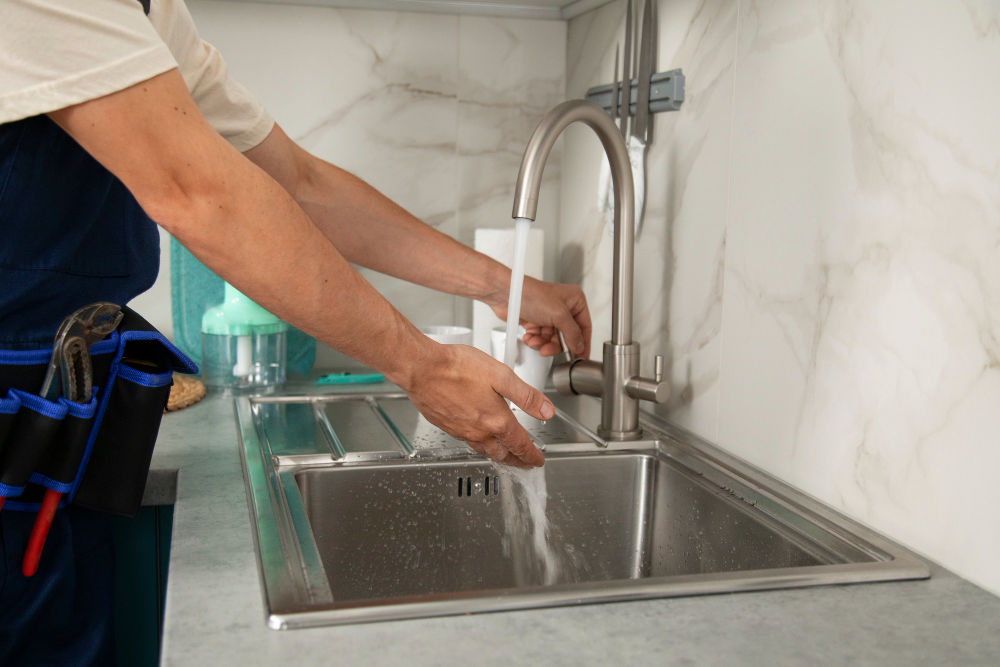When it comes to hydration, the type of bottle you choose might not be something you’ve given much thought to. But let’s face it, we drink water daily, so doesn’t it make sense to ensure the container you’re sipping from is the best option for your health, the environment, and your lifestyle? If you’ve ever wondered whether stainless steel or plastic is better, you’re in the right place.
What Are You Really Drinking From?
Before jumping into the pros and cons, think about this: when was the last time you looked at your water bottle and considered what it’s made of? It’s not just about looks or convenience. Every sip you take interacts with the material of your bottle, potentially affecting your health and the taste of your water. So, what makes these materials different?
Plastic bottles are everywhere. They’re lightweight, inexpensive, and easy to carry. But they’re also known for containing chemicals like BPA (Bisphenol A) or its alternatives, which have raised health concerns over the years. Even BPA-free options can sometimes leach other compounds, especially when exposed to heat.
On the other hand, stainless steel bottles are praised for their durability and non-toxic nature. Made from food-grade materials, they’re designed to last and keep your water clean and fresh. But is stainless steel always the better option? Let’s unpack this further.
Why Consider a Stainless Steel Bottle?
If health is a priority for you, the material of your water bottle matters more than you might think. A stainless steel bottle is free from harmful chemicals and doesn’t degrade over time the way plastic can. Here are a few reasons why stainless steel stands out:
- Chemical-Free Hydration – Unlike plastic, stainless steel doesn’t leach chemicals, even when exposed to heat or sunlight.
- Long-Lasting Durability – It can take a beating without cracking or breaking, making it a one-time investment that saves you money in the long run.
- Temperature Retention – Most stainless steel bottles are insulated, keeping your drinks cold or hot for hours.
- Easy to Clean – Stainless steel is non-porous, so it doesn’t retain odours or flavours. This means yesterday’s smoothie won’t haunt today’s water.
- Eco-Friendly – By ditching plastic, you’re contributing less waste to landfills and oceans, helping the environment while staying hydrated.
What About Plastic? Is It All Bad?
Plastic water bottles are undeniably convenient. They’re lightweight, affordable, and widely available. But here’s where things get tricky. Over time, plastic bottles can degrade, and exposure to heat or UV rays can increase the release of chemicals into your drink. Even BPA-free plastics aren’t entirely worry-free, as they often contain alternative compounds whose safety is still being debated.
Plastic bottles also tend to absorb odours and flavours, meaning your water might end up tasting like the sports drink you carried yesterday. Plus, they’re less durable, often cracking or becoming unusable after just a short period. While they’re recyclable in theory, many end up in landfills or polluting oceans, adding to the environmental burden.
How Do They Stack Up? A Side-by-Side Comparison
Let’s compare stainless steel and plastic bottles in a few key areas:
1. Health Safety
Plastic bottles can leach chemicals, especially when exposed to heat. Stainless steel is inherently safer, with no risk of chemical contamination.
2. Durability
Plastic is prone to wear and tear, while stainless steel can last for years, even with heavy use.
3. Eco-Friendliness
Plastic contributes significantly to environmental waste, whereas stainless steel is reusable and recyclable.
4. Taste Retention
Plastic absorbs odours and flavours. Stainless steel keeps your water tasting fresh and clean.
5. Cost
While plastic bottles are cheaper upfront, stainless steel offers better value over time due to its durability and reusability.
Is It Time to Rethink Your Choice?
Now that we’ve covered the basics, which type of bottle aligns with your priorities? If you value health, durability, and sustainability, stainless steel might be the way to go. But if you’re looking for something temporary, lightweight, and low-cost, plastic could fit the bill—just keep an eye on how it’s being used.
When making the switch, it’s also worth considering how often you’ll use your bottle and what you’ll use it for. Need something for everyday hydration at work or the gym? Stainless steel is a great all-rounder. Travelling light or in a pinch? Plastic has its place, but don’t rely on it for the long haul.
A Healthier, More Sustainable Future
Whether you’re choosing based on health, convenience, or environmental impact, the bottle you use says a lot about your priorities. By understanding the pros and cons of stainless steel and plastic, you’re better equipped to make a choice that works for you and supports a healthier lifestyle.
Take a moment to think about your current bottle. Is it serving you well, or is it time for an upgrade? By making a thoughtful choice today, you’re setting yourself up for healthier hydration and a cleaner planet tomorrow. Small changes can make a big impact, so why not start with what you drink from every day?











